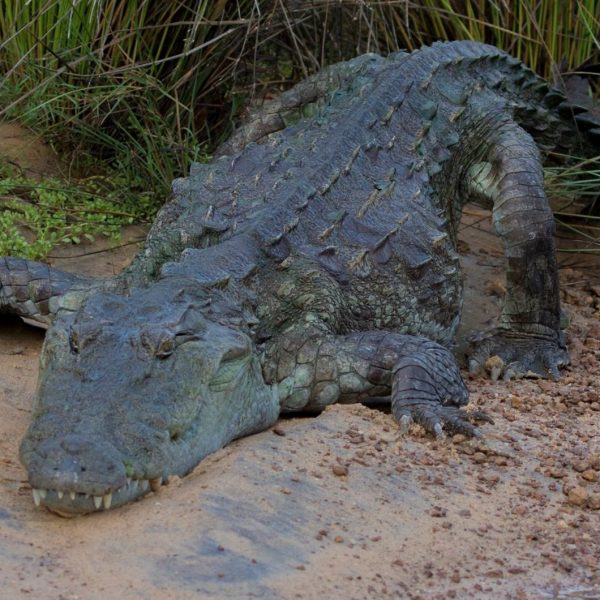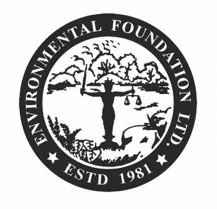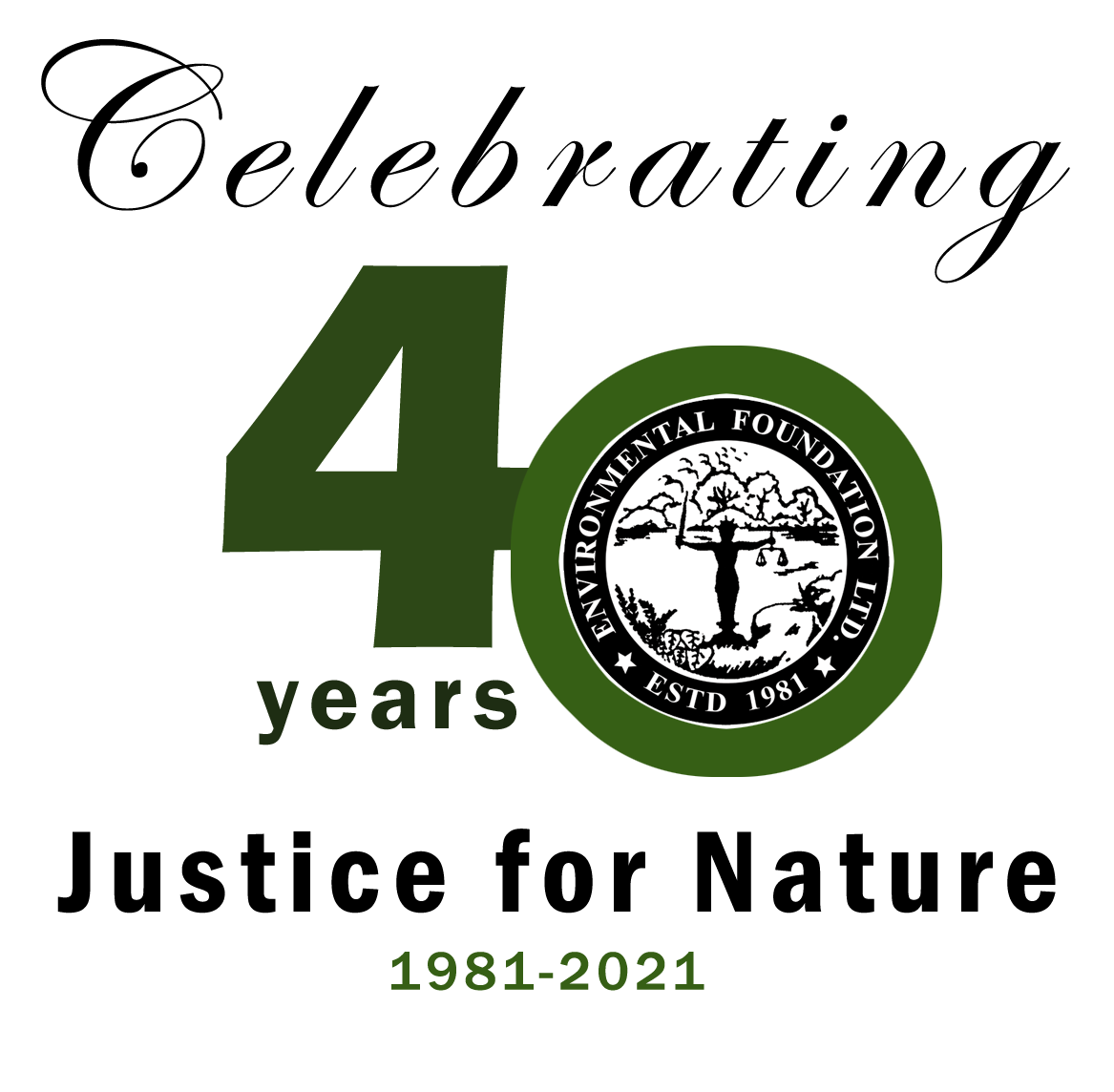Category:Independent Projects, Science

Project name
Mitigating the Human-Crocodile Conflict in the Nilwala River, Sri Lanka: Creating a Path Towards Co-Existence
Project status
Completed
Location
Nilwala River
Support the Project
Contact us for information on how you could support this project
The Human-Crocodile Conflict (HCC) is recognised as one of the major human-animal conflicts in Sri Lanka, second only to the Human-Elephant Conflict (HEC).
The HCC causes detrimental results for crocodiles and human lives, resulting in habitat destruction and livestock depredation. The majority of such incidents are due to saltwater crocodiles, which have been listed as an “endangered” species in Sri Lanka (MoER 2012), mainly due to its limited distribution within the island. It is primarily distributed in the Wet Zone of Sri Lanka and some parts of the Dry Zone, and mainly outside protected areas, with a few viable natural habitats remaining. Due to ever increasing human activity, most of these habitats are being cleared of vegetation and altered. Several studies conducted during the recent years suggest that the population is in decline.
The Nilwala River, located in the Matara District is 72 kilometers in length (Image 1), and inhabited by saltwater crocodiles, making it a major conflict hot-spot (de Silva 2008; Samarasinghe 2014). Although interactions between the humans and crocodile date back over several centuries (de Silva 2008, 2010, 2013), fatalities were seldom recorded.
However, between the years 2005- 2012, the conflict between the two species has increased. A total of 24 attacks (18 human deaths) by Saltwater crocodiles have been recorded since the year 2000 in the Nilwala River. Low-income communities residing along and dependent on the river for their daily lives are constantly at threat (Image 3). The river is used for personal purposes (washing clothes, bathing, washing kitchen ware) (Image 2) and for occupational needs (fisherman, laundrymen, farmers, cattle farmers, sand miners and clay miners).
Human activities, inclusive of river encroachment for the establishment of new settlements, and illegal river sand and clay mining, have aided in expanding the distribution of saltwater crocodiles in the river (Samarasinghe 2014), thereby increasing encounters between man and crocodile. These encounters threaten the crocodile population, through the clearing of vegetation along the river, killing of crocodiles for meat, killing of “offending” crocodiles, the inhumane treatment, ad hoc translocation of “offending” and “rogue” crocodiles to unfavourable habitats and the destruction of crocodile eggs and nests.

Negative community attitudes towards crocodiles are also heightened by the unwarranted reporting carried out by local printed and digital media on human-crocodile interactions. This has attracted considerable attention, locally and internationally, resulting in a wide range of community and political views and opinions regarding the importance, control and management of crocodiles.
In light of this, a proper study was required to understand the root causes and the background of the conflict. A study was conducted between 2012 and 2014, and the findings were published in a book titled: The Human-Crocodile Conflict in Nilwala River, Matara Phase I, Samarasinghe (2014). The study identified a number of short term and long term solutions to counter the conflict. The lack of a long-term alternative water source was seen as the main cause for the conflict. The study identified awareness among local communities as an extremely important measure to minimise the negative attitudes towards crocodiles.
During Phase II, several solutions recommended in phase I will be implemented, which hopes to take the first step by conducting awareness programmes to households in selected villages of 05 divisional secretariats (DS). A study of the population structure and fluctuations during the wet and dry seasons, and ecological associations of crocodiles will be carried out systematically. In addition, the collection of climate data and water quality parameters will broaden the understanding of this species. These ecological parameters will also identify threats to habitats caused by long term anthropogenic activities (eg. sand and clay mining).





